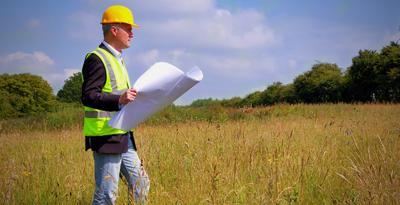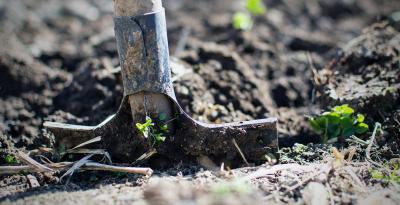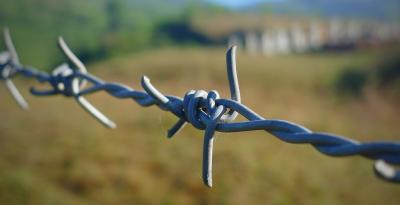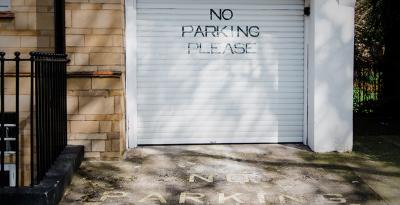The PYB Blog

I’m building a house on a parcel of land that has many trees. What do I need to know?
Building projects generally require a site plan that includes information from a Topographic Plan that typically shows the locations and measured diameters of deciduous and coniferous trees growing on the property....
Read More
Can my neighbor and I simply agree on the location of the boundary?
Property boundaries that are not well known and well demarcated can lead to confusion about boundary locations—especially when an existing survey plan is unavailable....
Read More
I know my property has a boundary issue, but I plan to sell the house next year. Why should I solve this boundary issue when it will soon no longer be my problem?
A: Don’t assume the boundary issue won’t be your problem....
Read More
How can I stop my neighbour from trespassing on my land?
Many trespassing or property encroachment situations are simply a case of a neighbour being unaware or unconcerned about the location of property boundaries....
Read More
We have an old willow tree with branches that hang over the backyard of our next-door neighbour’s property. They say the tree’s branches are blocking the sunlight for their garden and they want to cut the branches growing over their property...
Generally, people can prune overgrowth in their yard....
Read More
What is an encroachment?
A: An encroachment refers to a physical entity that belongs to one landowner but lies wholly or partially on a neighbouring property....
Read More
All about land survey plans
Our last few blog posts have focused on the top four situations where a land survey plan is important: buying a home, selling a home, planning an exterior renovation (building a fence, shed, etc....
Read More
The history & importance of land surveying
One of the oldest professions in the world, land surveying emerged along with the human desire to build large structures, from Stonehenge forward....
Read More
A land surveyor's right to enter
Licensed Ontario Land Surveyors and their staff, working within the Province of Ontario, have a statutory right to enter onto private property in order to perform a survey....
Read More
Easements Can Impact The Real Estate Transaction
Your clients can be surprised to learn that they don’t always have the sole and exclusionary use of their own land....
Read More













